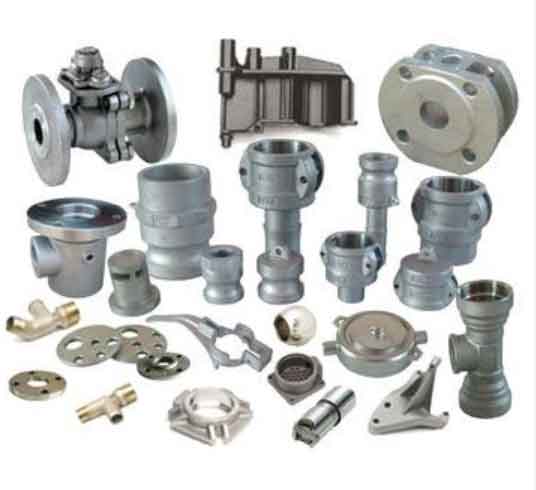Sand casting plays a crucial role in bridging the gap between design and production in the manufacturing industry. Here’s how sand casting facilitates a seamless transition from design to the actual production of metal parts:

- Design Flexibility:
- Sand casting offers design flexibility, allowing designers to create complex and intricate part geometries that meet specific requirements.
- Designers can leverage the freedom to create intricate details, internal features, and custom shapes that may be challenging or costly to achieve with other manufacturing methods.
- Sand casting enables the realization of creative and innovative designs without compromising functionality or structural integrity.
- Prototyping and Iteration:
- Sand casting is an excellent choice for prototyping, enabling designers to validate and refine their designs before committing to mass production.
- By creating functional prototypes through sand casting, designers can test the part’s performance, fit, and functionality.
- The ability to iterate and make design improvements quickly and cost-effectively allows for optimization and ensures that the final design meets the desired specifications.
- Design for Manufacturability:
- Sand casting encourages collaboration between designers and casting engineers, facilitating the design for manufacturability (DFM) process.
- Casting engineers provide valuable insights and expertise regarding mold design, material selection, gating and riser placement, and process optimization.
- By involving casting engineers early in the design stage, potential manufacturing challenges and issues can be identified and addressed, resulting in an optimized design that is more readily manufacturable.
- Simulation and Virtual Testing:
- Digital design and simulation tools have greatly enhanced the integration of design and production in sand casting.
- Simulation software allows designers to virtually simulate the casting process, predicting and evaluating factors like mold filling, solidification, and cooling.
- Virtual testing through simulations helps optimize the design and identify potential defects or issues that may arise during production.
- By identifying and resolving these issues upfront, designers can refine their designs and ensure manufacturability without costly trial-and-error iterations.
- Rapid Tooling and Short Lead Times:
- Sand casting offers relatively short lead times for tooling preparation compared to other manufacturing methods.
- Rapid prototyping and additive manufacturing techniques can be employed to produce patterns and cores quickly, reducing the overall lead time.
- The shorter lead times in sand casting enable a faster transition from design to production, allowing for agile and responsive manufacturing processes.
- Customization and Small-Scale Production:
- Sand casting is well-suited for customization and small-scale production, making it an ideal choice for niche markets and specialized applications.
- Designers have the flexibility to create unique and customized parts, addressing specific customer needs and preferences.
- Sand casting’s ability to produce small production runs economically bridges the gap between design innovation and the manufacturing of limited quantities of specialized components.
By combining design flexibility, prototyping capabilities, collaboration with casting engineers, virtual testing, and efficient tooling preparation, sand casting ensures a seamless transition from design to production. It enables designers to create innovative and complex part designs while considering the practical aspects of manufacturing, resulting in successful and reliable production of metal parts.
